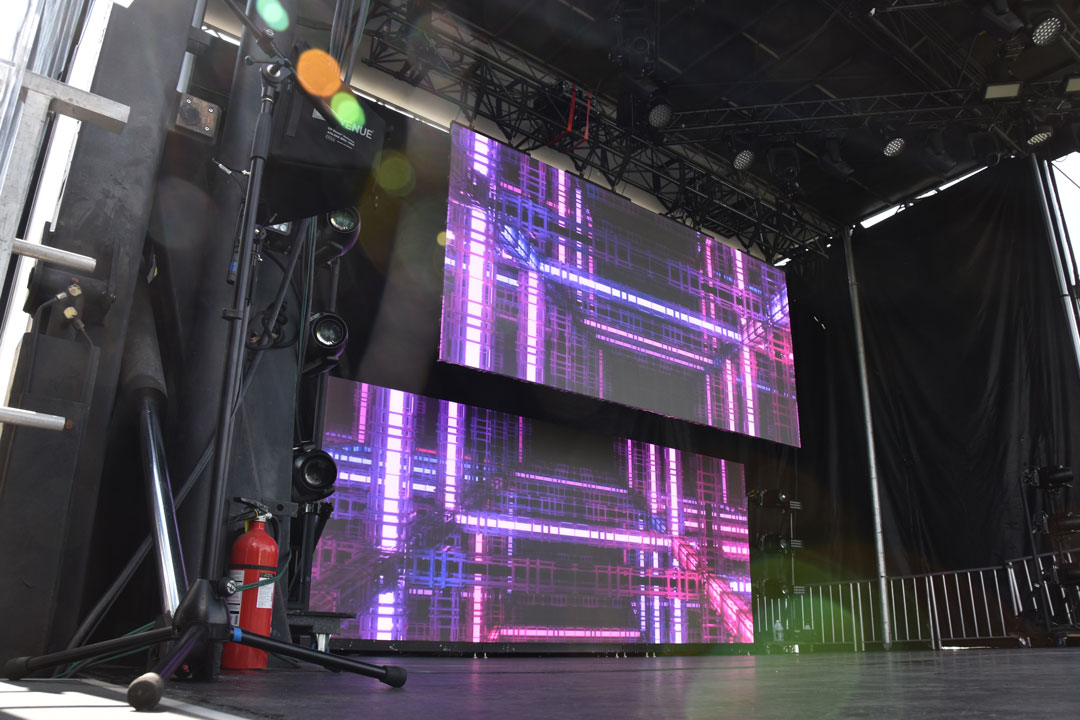LED panel screens have become more and more favored in not just residential and business environments, offering an option to conventional illumination methods. These panels are thin, slim units that utilize LEDs technology (LEDs) to generate illumination. They provide a contemporary look and can be used in various settings, such as workspaces, educational facilities, and residences. While LED panel screens have many advantages, it is crucial to contrast them with conventional lighting options, such as incandescent bulbs and fluorescent lamps, to comprehend their advantages and disadvantages.
One of the most notable benefits of LED panel panels is their energy effectiveness. LEDs use considerably fewer power than traditional lighting sources, which can lead to lower power costs. For instance, an LED panel can consume up to three-quarters less power than an incandescent lamp while offering the equivalent amount of light. This energy effectiveness not only reduces money for users but also lowers the overall carbon footprint, making it an environmentally friendly choice. With growing concerns about environmental issues, many individuals are looking for ways to minimize their power usage, and LED panel panels can be a helpful solution.
Another benefit of LED panel screens is their extended lifespan. Traditional lighting options often require frequent replacement due to burned lamps. In comparison, LED panels can last up to 25 times longer than traditional lamps, and much greater when compared to fluorescent lamps. This endurance means that consumers spend less hours and money on upkeep and renewals. Additionally, the reduced need for renewals contributes to less waste, right here further benefiting the environment. This robustness makes LED panel panels a more feasible choice for both home and business operators.

Despite their many benefits, LED wall panels do have some drawbacks. One issue is the upfront expense of buying and setting up these screens. While costs have fallen over the more helpful info years, LED panels can still be more expensive upfront than traditional lighting options. However, it is important to consider the extended savings on energy bills and replacement costs when evaluating the overall worth of LED illumination. Some users may also be discouraged by the intensity of LED lights, as they can be harsher than the warm glow provided by traditional lamps. Choosing the appropriate intensity and color temperature can be crucial for establishing a comfortable environment.
Another possible issue of LED panel screens is their reaction to heat and moisture. High heat can diminish the efficiency of LEDs, and high moisture can lead to issues. This issue is particularly important in areas of a home or structure where conditions can fluctuate, such as bathrooms or kitchens. It is essential to choose the right type of LED screen for specific settings to ensure best performance. Additionally, some people may find that the light generated by LEDs can be not as pleasant than traditional lighting, leading to issues about vision fatigue or discomfort in certain settings.
In conclusion, LED panel screens offer numerous advantages over traditional illumination options, including power efficiency, longevity, and lowered upkeep costs. However, they also come with some disadvantages, such as increased upfront costs and sensitivity to surrounding factors. As consumers continue to investigate illumination choices, it is clear that LED panel panels can provide a modern and eco-friendly solution for a wide range of locations. By understanding both the benefits and concerns of these screens, individuals and businesses can make wise decisions that best suit their illumination requirements.